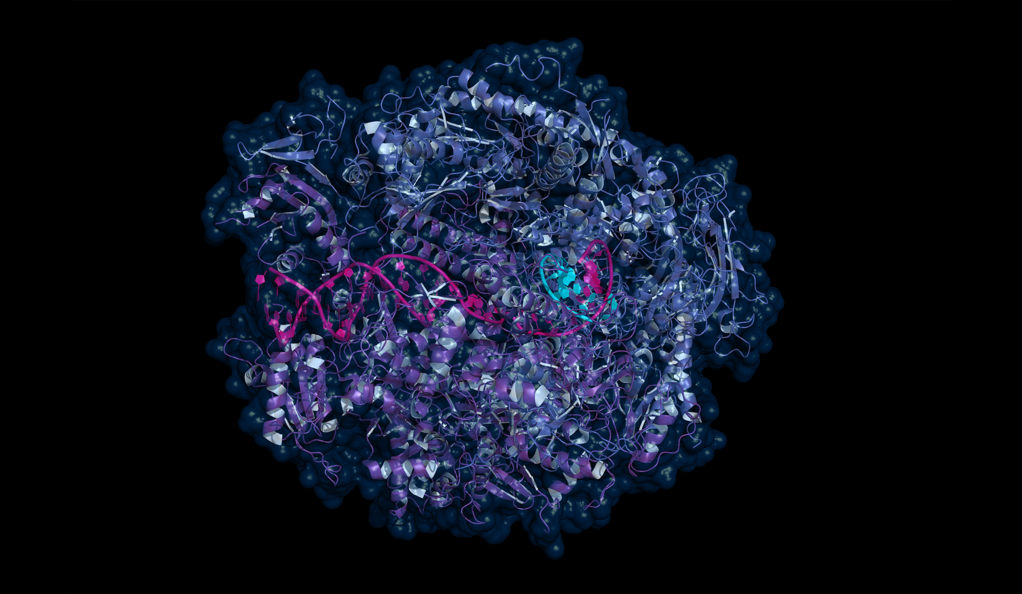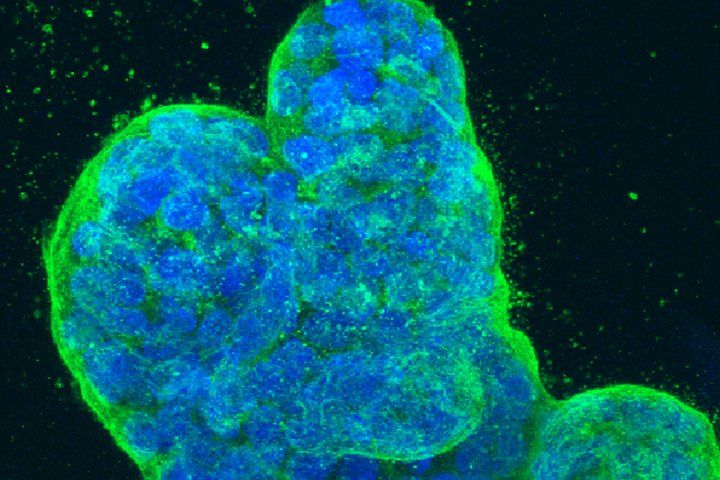
It took a global pandemic, but the critical role of messenger RNA in all of life’s functions has taken center stage in the past year with the successful rollout of mRNA vaccines to combat the SARS-Cov-2 virus.
In two new papers published the week of Jan. 17, the lab of Yale’s Wendy Gilbert sheds light on how mRNAs are born and how they regulate production of proteins inside of our cells once they reach maturity. The findings have implications not only for achieving effective doses for new vaccines, but for helping determine the biological roots of many cancers and diseases.
“It’s been exciting to be able to study the beginning and end of this process,” said Gilbert, associate professor of molecular biophysics and biochemistry.
In classic textbook...
Read More









Recent Comments